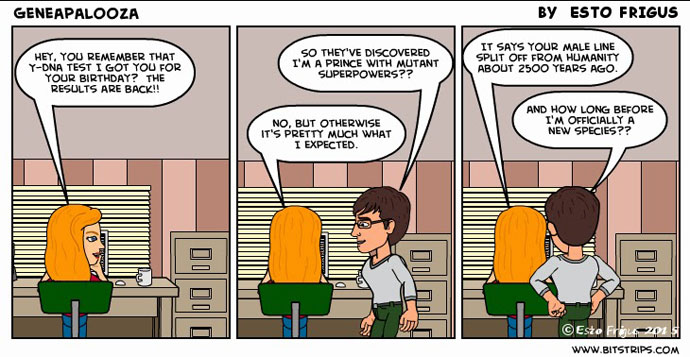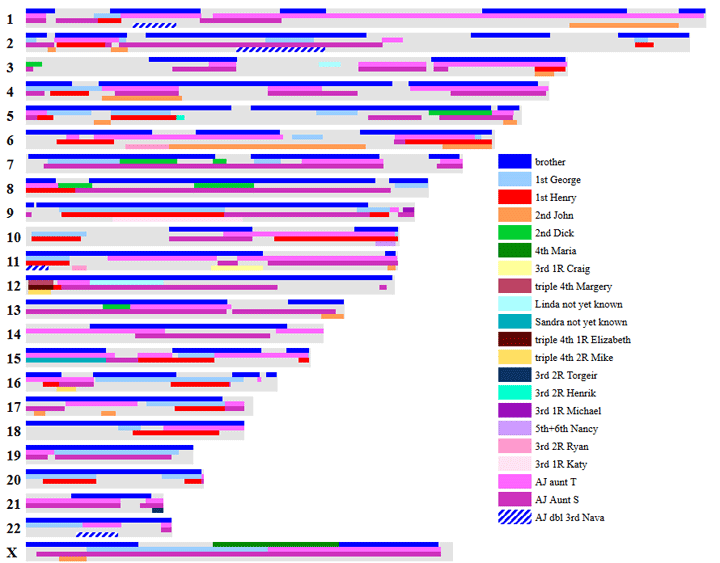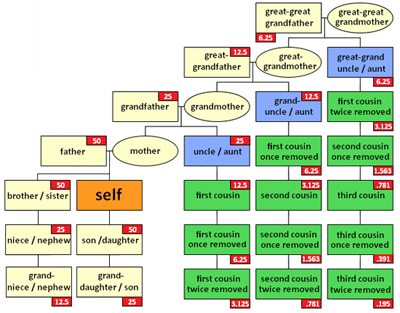Exciting news for Jewish genealogists is the launch of Avotaynu Online, a free online resource that includes all articles from 2007–2011 published in the print and PDF version of AVOTAYNU, the International Review of Jewish Genealogy, a magazine many subscribe to.
The principal architect of this new online resource is Adam Brown, the founder of the Jewish DNA Project at Family Tree DNA and a curator at GENI.com
Their press release describes it as:
A new venture intended to stimulate collaboration among Jewish genealogists in all its forms, including conferences and meetings, DNA studies, online family trees, social networking, the development of genealogical standards suitable for the Internet age, and developments in related fields (i.e., history, law, computer science) that have an impact on Jewish genealogy. Leading participants in these areas will provide in-depth reports on events and discoveries on a regular basis.
I was very pleased to see all the articles about Jewish DNA; perhaps I will report on them in another blog post once I have read them all: http://www.avotaynuonline.com/category/collaboration/dna/




